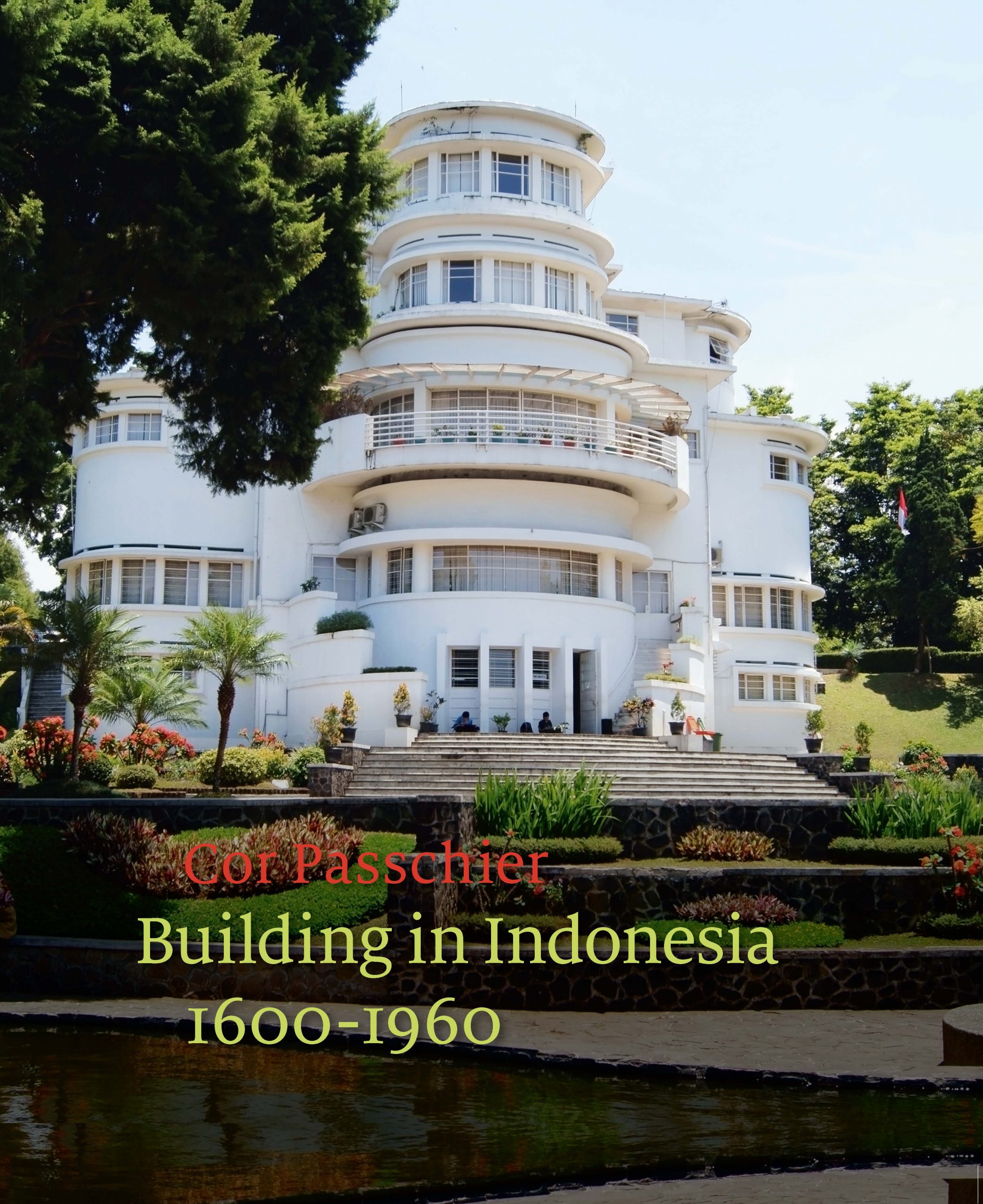Description
Building in Indonesia 1600-1690 provides an overview of the history of building and the development of the infrastructure in Indonesia from 1600 to 1960.
The advancements in seafaring and navigation, the balance of power in Europe at the time and the merging of political goals and commercial interests at the beginning of the seventeenth century brought the merchants of the Dutch East India Company (VOC) by ship to the Indonesian archipelago. There they signed contracts with local rulers and founded trading settlements, some of which grew into coastal cities. The foundation and development of the colonial city was not the result of planning from above, but instead was dependent on a variety of unique
circumstances, such as the local balance of power, military considerations, the geographical location, the development of infrastructure, and so on. All these factors influenced the layout of the cities and the morphology of the urban landscape, in short, the character of the city in the former Dutch East Indies.
The colony opened its doors to Western commerce at the end of the nineteenth century. The number of Europeans departing for ‘the East’ rose sharply after the opening up of the colony. The cities expanded from the beginning of the twentieth century, and in the process gradually became more Westernised. The urban centres were characterised by modern buildings and green suburbs on the city outskirts. The image of the colonial city is integral to the identity of the modern-day Indonesian city, which is subject to slow but continuous change.
In the first years after declaring independence, Dutch and Indonesian architects worked in this ‘new’ Indonesia, designing buildings for the government and businesses. The search for a more international architectural style was especially evident in the work of young emerging Indonesian architects.
Architectural heritage is a subject of much attention in Indonesia today. This book is intended for professionals in the field, students and people with a general interest in the subject.
Author
Architect and researcher Cor Passchier has been conducting research into Indonesian cities and the reuse of built heritage for decades.
